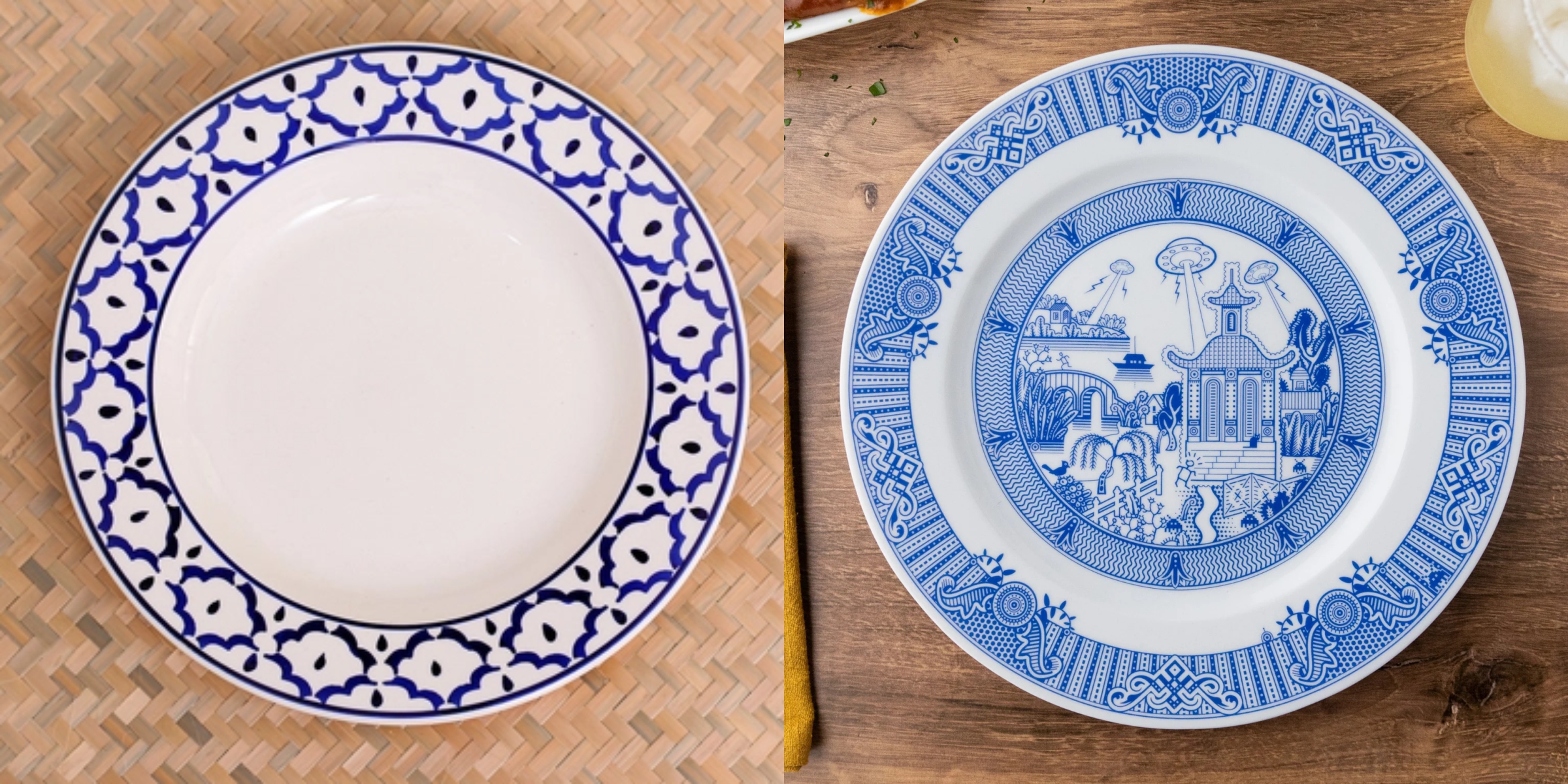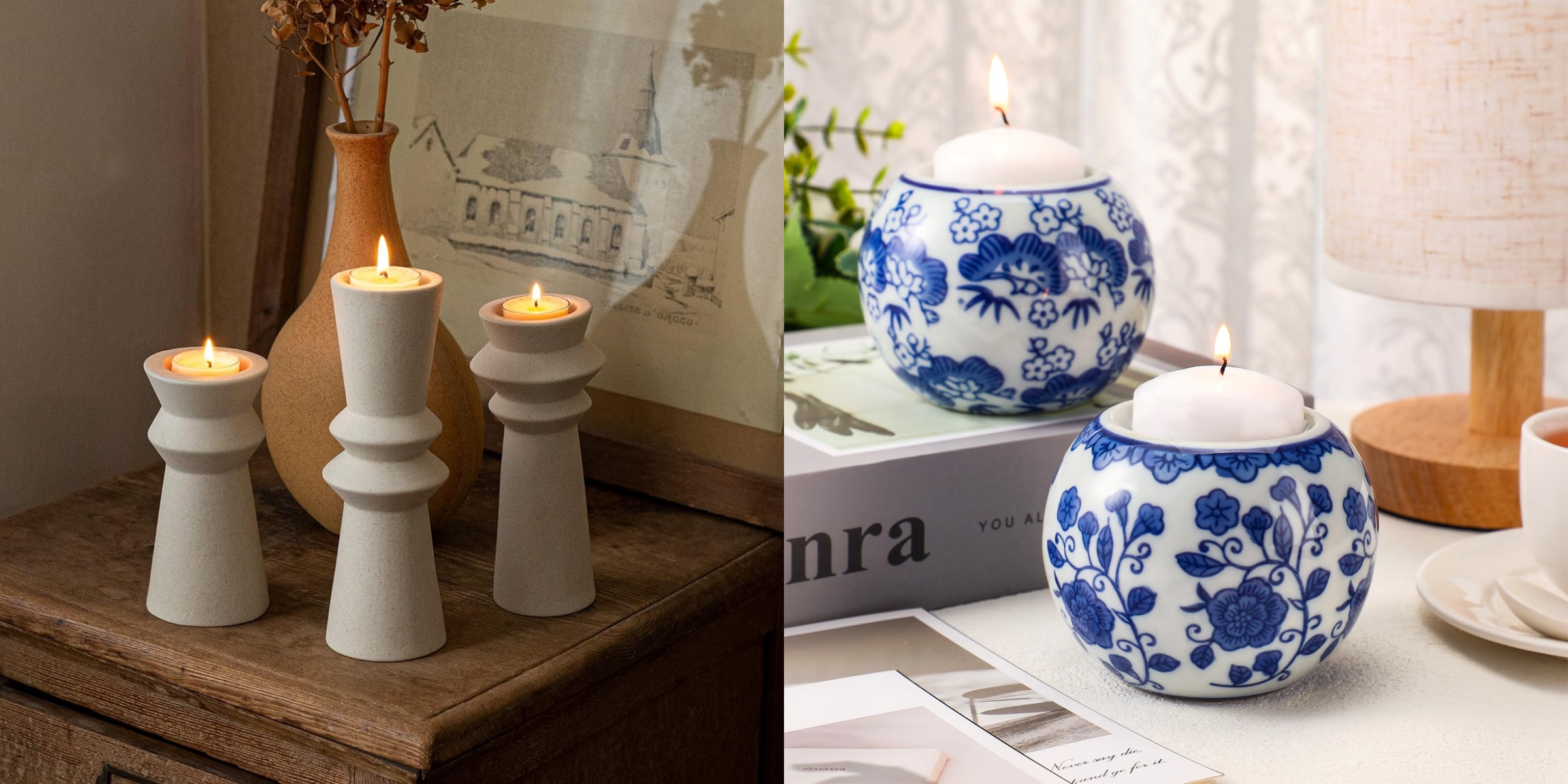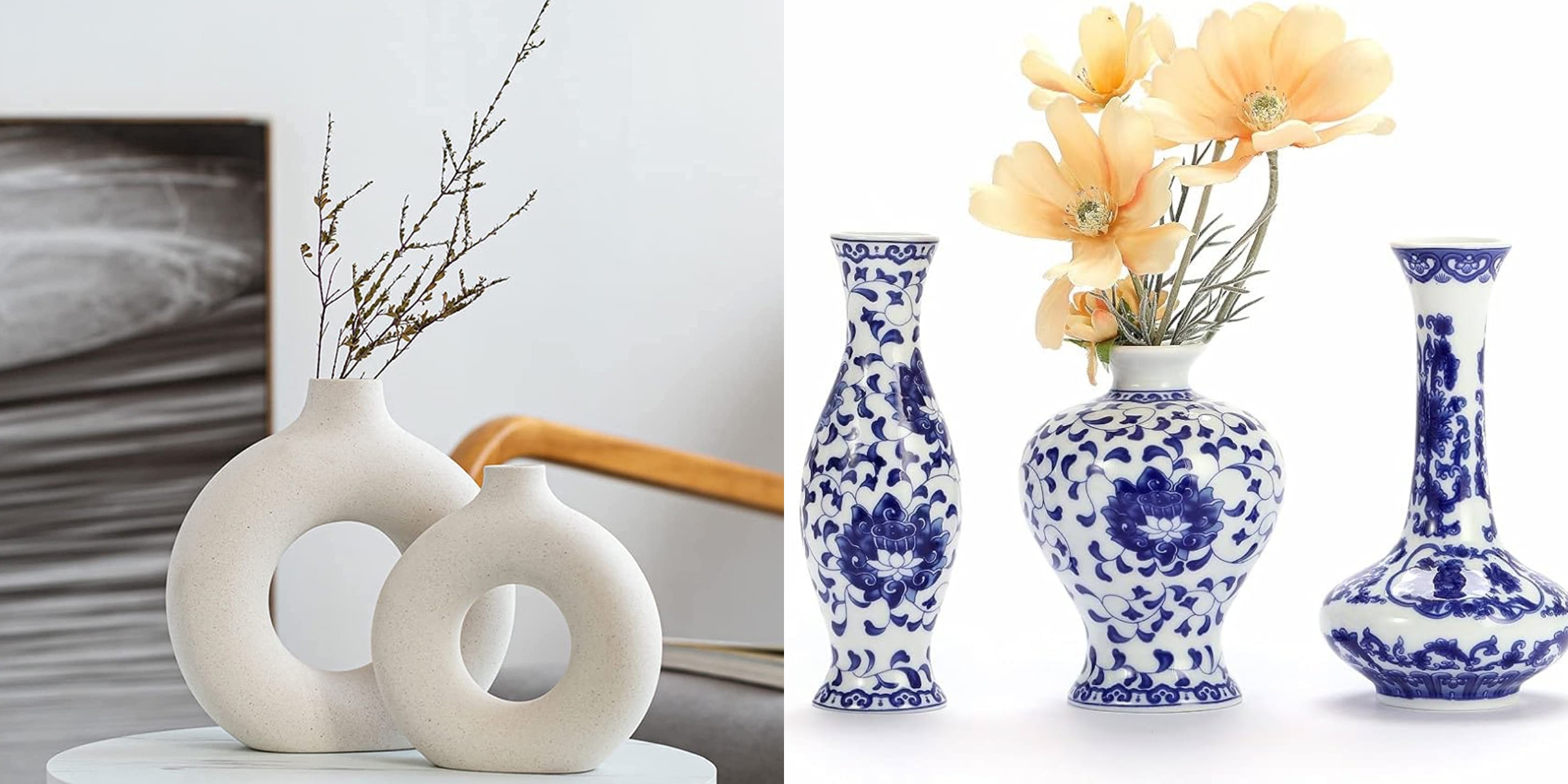
As a ceramic product manufacturer, one of the questions we are often asked when speaking to customers is“What is the difference between ceramic and porcelain”. Although our product range is ceramic, both materials are available in the market and it is helpful to understand the difference between them.
The terms “porcelain and ceramic” are often used interchangeably. Porcelain and ceramic are both made from fired clay, but they differ in durability and density. The two materials are often confused, so this article briefly introduces a few key differentiating indicators between them.
Is Porcelain Ceramic?
Yes, porcelain is a type of ceramic. Ceramic is a broad term that covers a variety of items made from natural mineral materials such as clay and fired at high temperatures.
Porcelain is just one of the variations of ceramic. The family of ceramics includes earthenware, stoneware, porcelain, bone china, and others. Porcelain is a type of ceramic known for its high-purity raw materials, high firing temperatures, and excellent physical properties.
Ceramic vs. Porcelain: What’s the Difference?
Porcelain and ceramic are both materials used to make utensils, decorations, and building materials, but they differ in their production process, raw materials, and characteristics.
Raw materials
Ceramic is usually made from a mixture of natural minerals such as clay, feldspar, and quartz. Porcelain is a special type of ceramic, usually made from kaolin, feldspar, and quartz. Kaolin is a very pure clay with very fine particles.
Firing temperature
Ceramic is fired over a wide range of temperatures, generally between 1000°C and 1200°C. Porcelain is fired at a higher temperature, generally between 1200°C and 1400°C. This high-temperature firing makes porcelain harder, denser, and more durable.
Texture and transparency
Ceramic is usually more rustic in texture, less transparent, and dull in color. Ceramic is thicker and more opaque than porcelain, and is also known for its colorful and decorative designs. Porcelain has a smooth and delicate texture, a certain degree of transparency, and is usually white or bright in color.
Water absorption
Ceramic has a higher water absorption rate because there are more tiny pores in its structure. Porcelain has a very low, almost zero, water absorption rate because its dense structure makes it impermeable to moisture.
Strength and Durability
Ceramic has good hardness and heat resistance, making them suitable for a variety of daily and industrial applications. Porcelain has higher strength and durability due to its dense structure and high-temperature firing.
In summary, porcelain is an advanced form of ceramic with higher purity, higher firing temperature and better physical properties. Both have their own characteristics in terms of beauty and function. Porcelain is mostly used in high-end tableware and artworks due to its high quality and exquisite appearance, while ceramic is widely used in building materials and daily necessities due to its wide applicability and affordability.
Ceramic vs. Porcelain: Applications In Daily Life
Ceramic and porcelain are both durable and beautiful materials that are used for many purposes in everyday life, but they have different properties that make them more suitable for different spaces.
Tableware
Ceramic tableware
Ceramic tableware includes ceramic bowls, plates and cups, etc., which are loved by families for their rustic and natural appearance and diverse designs. Ceramic tableware usually has thicker walls and good heat preservation.
Their design styles are diverse, ranging from traditional hand-painted to modern minimalist styles, meeting different aesthetic needs. Ceramic tableware is relatively affordable and has a wide variety of types. Most of them are used in daily dining, restaurants and banquets, hotels and other places.
Porcelain tableware
Porcelain tableware, such as porcelain bowls, plates and cups, is known for its delicate texture and elegant appearance. Porcelain tableware is usually thin and light to the touch, suitable for formal occasions and high-end restaurants.
The light transmittance and smooth surface of porcelain make it more beautiful. Because of its exquisite and high-end feel, it is often used in formal banquets and important occasions to show taste and identity.

Ornaments
Ceramic ornaments
Ceramic ornaments include various ceramic candle jars, ceramic sculptures, small decorations and artworks. They are often used to decorate bookshelves, coffee tables and display cabinets, and are highly decorative and artistic. Ceramic ornaments are made in a variety of craftsmanship, from hand-kneading to mold forming, each with its own characteristics, which can reflect the craftsmanship and creativity of the maker.
Ceramic ornaments are usually cost-effective, and can be used as decorations to beautify the space, and can also be given as gifts to others. Ceramic ornaments are very suitable as home ornaments and are also popular among consumers.
Porcelain ornaments
Porcelain ornaments include a variety of exquisite porcelain sculptures and artworks, which are often used to enhance the taste of home or office space. Porcelain ornaments are finely made and usually have high artistic value and collection value.
Many porcelain ornaments also carry rich historical and cultural connotations and are treasured by art collectors. Porcelain ornaments are elegant and exquisite, suitable for display or collection as artworks, and enhance the cultural and artistic atmosphere of the space.

Vase
Ceramic vases
Ceramic vases usually have thicker walls and rich decorative patterns, and are a common choice in home decoration. Ceramic vases can be used for flower arrangements or as decorations alone, adding a natural and artistic atmosphere to the home. Traditional ceramic vases often have traces of handmade, giving people a warm and simple feeling. Ceramic vases are relatively cheap, with various designs, and are easy to match with different styles of home decoration.
Porcelain vases
Porcelain vases are known for their exquisite craftsmanship and gorgeous appearance, and are often used for decoration in high-end occasions. Porcelain vases have a smooth surface and are highly decorative, suitable for flower arrangement and display as individual works of art. Many porcelain vases also have complex hand-painted patterns and fine carvings, which have high artistic value. Porcelain vases have a delicate texture and good light transmittance, which can show elegance and noble temperament, and are suitable for use as high-end decorations.

In summary, ceramics and porcelain have their own advantages in application. Ceramics pay more attention to practicality and economy, and are suitable for daily use and mass consumption; porcelain is known for its exquisite craftsmanship and high-end appearance, and is suitable for formal occasions and elegant decoration. Both play an important role in different application scenarios.
Ceramics: More Suitable For Daily Use
Ceramics are more practical and economical, suitable for daily use and mass consumption. Due to their relatively low production costs, ceramic products are affordable and can meet the needs of a variety of consumers. Ceramic products are rich in variety and design styles, which can match different home styles. The versatility and practicality of ceramics make them an indispensable part of family life.
Jinhua is a professional daily-use ceramic manufacturer, we launch a series of ceramic products for daily use and mass consumption. Our wholesale ceramic product categories cover bathroom accessory sets for bathroom use, ceramic baking pans and ceramic casseroles for kitchen use, ceramic plates and ceramic bowls for dining use, and ceramic ornaments such as ceramic candle holders, candle jars and ceramic incense holders.
Although our ceramic products may not have the sculptural feel of porcelain, they are durable, easy to clean, unique beautifully shaped, and designed specifically for everyday use. Click here to explore all our wholesale ceramic product designs.
In Summary
Ceramic and porcelain each have their unique advantages and scope of application. Ceramics are widely used in daily life for their practicality, economy and diverse designs. Its simple and natural beauty and sturdy and durable characteristics make it an ideal choice for mass consumption. On the other hand, porcelain occupies an important position in high-end tableware, artworks and high-end decorations for its exquisite craftsmanship, elegant appearance and superior physical properties. Whether it is ceramics or porcelain, they provide rich choices and endless beauty in all aspects of our lives.
As a daily-use ceramics manufacturer, Jinhua is proud to provide consumers with high-quality, practical and beautiful ceramic products. We adhere to the concept of combining traditional craftsmanship with modern design, and the ceramic products we produce are sturdy and durable for daily use. Every product of Jinhua is carefully made and strictly quality controlled to ensure that it meets the various needs of consumers. Welcome to click here to view all our product lines and take a look at our designs. If you are interested in purchasing ceramic products in bulk, please contact us.





